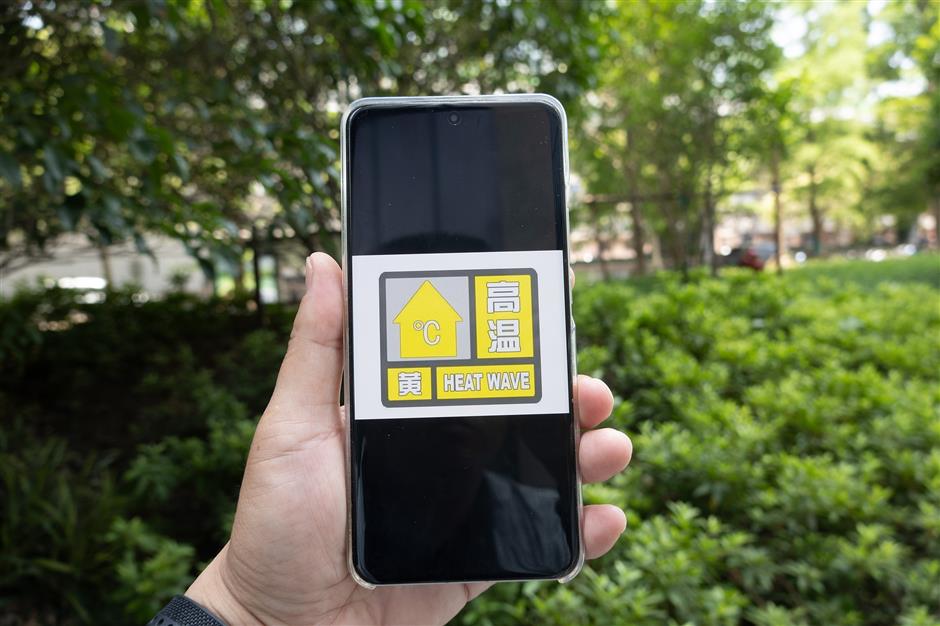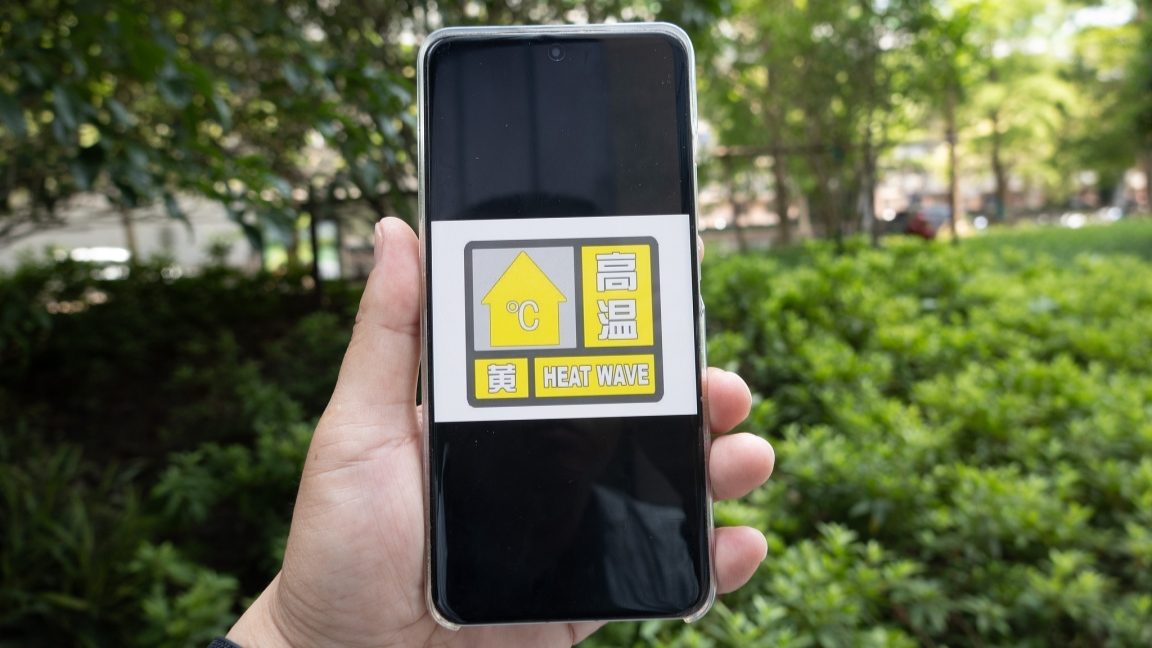
The first surge of summer heat is hitting Shanghai with full force.
At 11am on Tuesday, the local weather authority issued this summer's first yellow high temperature alert, warning that most parts of the city will experience temperatures above 35 degrees Celsius. The alert is the third-highest in China's four-tier weather regime.
Authorities are urging residents to be vigilant over fire and electricity safety, and to take proper sun protection and heat prevention measures.

At 11am on Tuesday, the local weather authority issued this summer's first yellow high temperature alert.
How to Stay Safe in the Heat?
Five Risky Environments to Avoid
- Outdoor areas under direct sunlight.
- Poorly ventilated and hot indoor spaces.
- Vehicles with poor airflow and high temperatures.
- Cars without air conditioning.
- Crowded places with high heat and poor ventilation.
Six Vulnerable Groups More Likely to Suffer Heatstroke
- Elderly
- Outdoor workers (like couriers as well as sanitation and construction staff)
- People exercising outdoors
- Chronic disease patients
- Pregnant women
- Infants and young children
Recognizing the Signs of Heatstroke
- Early Heatstroke: Thirst, fatigue, heavy sweating, dizziness, slight rise in body temperature.
- Mild Heatstroke: Pale face, cold clammy skin, rapid heart rate, blood pressure drop, body temperature above 38 degrees Celsius.
- Severe Heatstroke: High fever, convulsions, confusion, loss of consciousness. Can escalate into heat cramps, heat exhaustion, or heatstroke, with the last being the most dangerous and potentially fatal if untreated.
What to Do if Someone Has Heatstroke – Four Emergency Steps
- Move the person to a cool, ventilated area and remove excess clothing.
- Cool down the body using cold water, fans, or placing ice packs on the neck, armpits, and groin.
- Hydrate with small sips of cold water or sports drinks with electrolytes (avoid excessive or forceful drinking).
- Seek medical help immediately if the condition is severe – dial emergency services.
Summer Heat Safety Tips – 'Five Dos and One Don't'
- Avoid going out between 10am and 4pm.
- Stay in the shade, wear light, breathable clothing, and use hats or umbrellas.
- Drink water frequently, not just when you're thirsty. Add salt or minerals as needed.
- Rest adequately, including short naps.
- Ensure ventilation at home and avoid direct exposure to air conditioners.
- Pay extra attention to children and the elderly, and never leave kids alone in vehicles.
Three Common Myths About Heatstroke
1. "Staying indoors means you're safe from heatstroke."
False! If indoors are stuffy and poorly ventilated, heatstroke can still occur – especially among the elderly or chronically ill.
2. "Chugging lots of water helps cool down quickly."
False! Excessive water intake in a short time can lead to water intoxication (hyponatremia), which may cause dizziness or coma.
3. "Take a cold shower immediately to cool down."
False! Sudden exposure to cold water in a high-temperature state can cause blood vessel constriction, heart palpitations, or even cardiac arrest. Wait for body temperature to stabilize before washing with lukewarm water.

